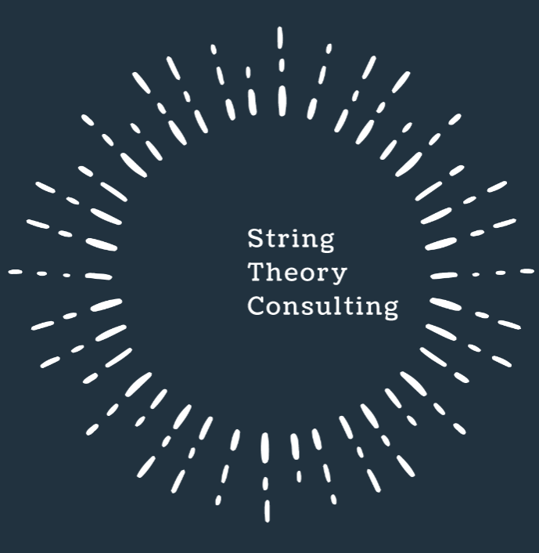Congratulations on going live with CRM! By now you definitely have a backlog. Shoot, you…

Why String Theory?
What resonates with me about String Theory is that it attempts to define a fundamental and overarching framework that connects the tiniest behaviors at the quantum level with larger physical forces like planetary motion. String theory fills some gaps left by other foundational physics theorems by proposing that, at the most rudimentary level, everything is actually made up of teeny tiny strings. And it is these strings’ vibrations that produce the behaviors we interpret as atoms, electrons, and other subatomic particles. String theory is wildly complex – it requires multiple unobservable dimensions just to make the math work, it doesn’t quite account for black holes, and it has spawned several sub-theories in an attempt to make it whole. There isn’t technology that could measure or observe the strings (it almost needs a little bit of faith with it), but I like the concept of string theory because it illustrates the fundamental interconnectivity of everything.
When I think about String Theory I think about how I see customers in Higher Education attempt to bring order, unification, and simplicity to their engagement ecosystems, particularly around the student and staff experience. To do this they need to untangle the complexities that are inherent in every organization. It’s like a box of bits and pieces that intricately interact with each other but need order and a structure under one unifying umbrella. I love to work at the interplay of engagement ecosystems to understand these complexities and the fundamental behavior, or design intent, of platforms in order to organize these systems on campus to support a holistic and truly frictionless student, faculty, and staff experiences.
